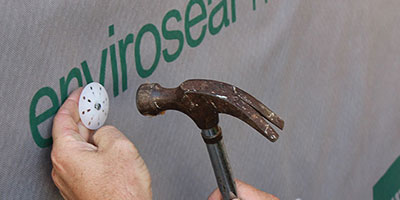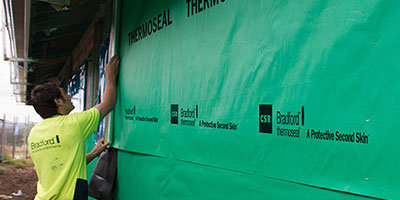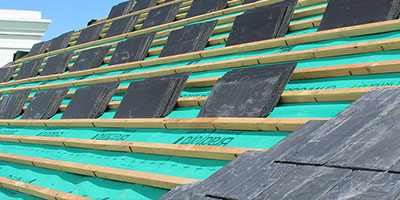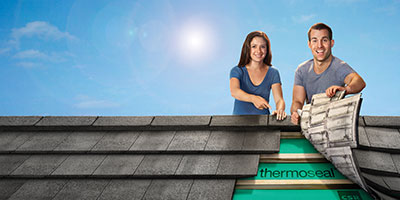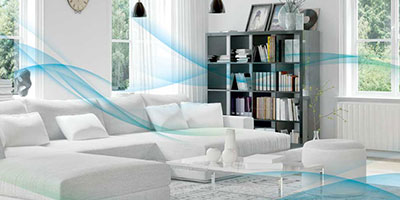When condensation does occur inside the home it can appear on windows where we can see it, or worse, hidden behind plasterboard walls or ceilings. This can lead to staining of the plasterboard, wood swelling, long term structural damage and mould growth in inaccessible areas within the building structure.
To reduce the risk of condensation and the health issues associated with mould formation, here are some suggested changes that can be made to existing homes to improve condensation issues:
- Externally duct: Controlling moisture inside the home and attic space by ducting bathroom exhausts, range hoods and other appliances that generate warm, moist air to the outside environment is strongly recommended as these moisture sources all add water vapour into the air.
- Ventilate: Its always considered good practice to ventilate the attic space to remove warm, moist air away from the cooler outside surfaces of the house which helps to reduce the risk of it contacting cooler inside surfaces of the roof.
- For more complex solutions, the use of a powered ventilation may also be required, or the services of an experienced insulation specialist to assess the most appropriate solution.
- In hot/humid climates, the addition of ceiling insulation may also assist in controlling condensation by reducing the transfer of conditioned cold air to the warm outer surfaces of the home.
Ideally, condensation management should be considered prior to construction so that the correct combination of insulation and wall wrap can be specified when you build. To learn more about which parts of Australia are most susceptible to condensation issues please contact CSR Bradford technical specialists or refer to our comprehensive range of brochures.


